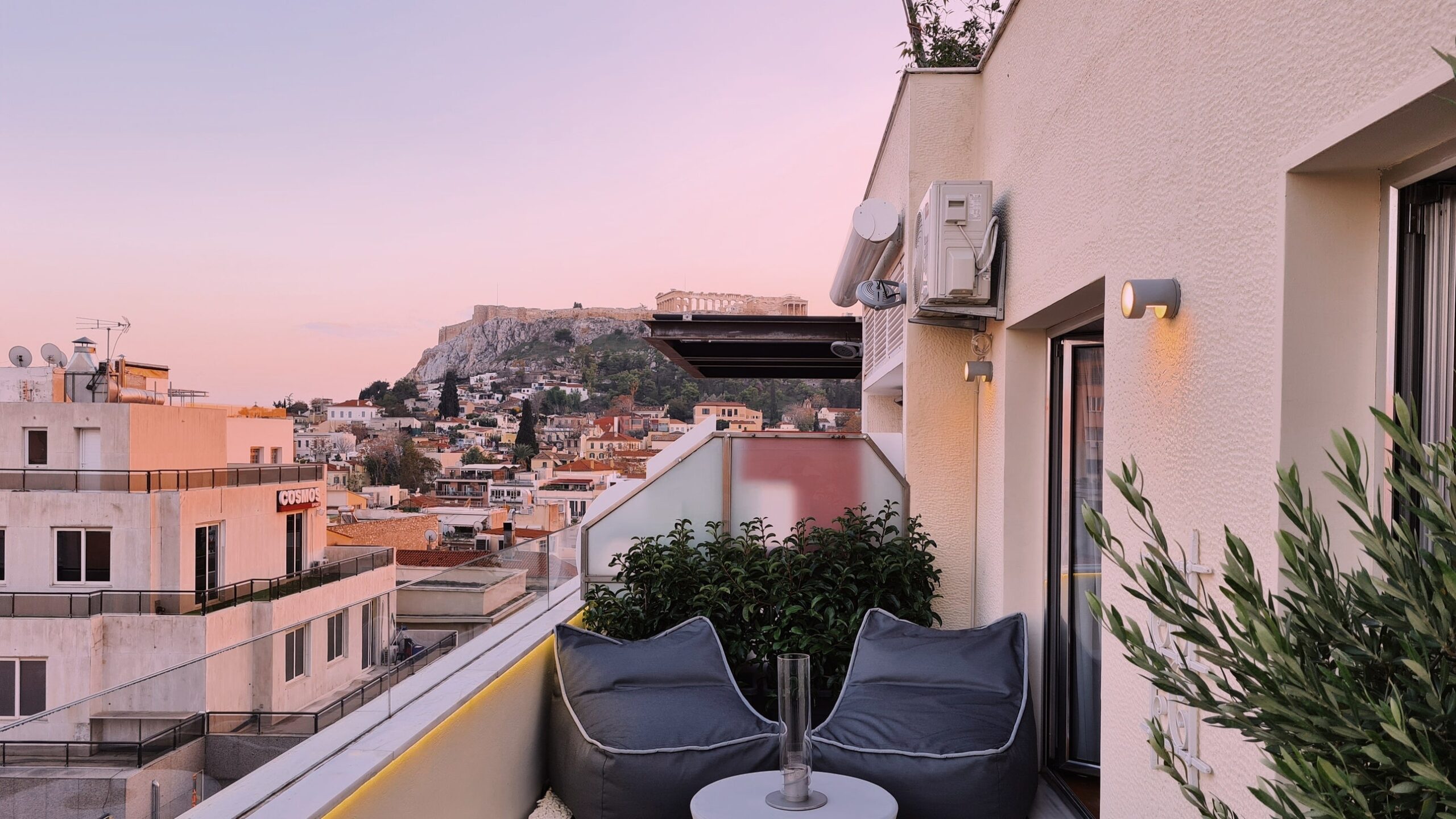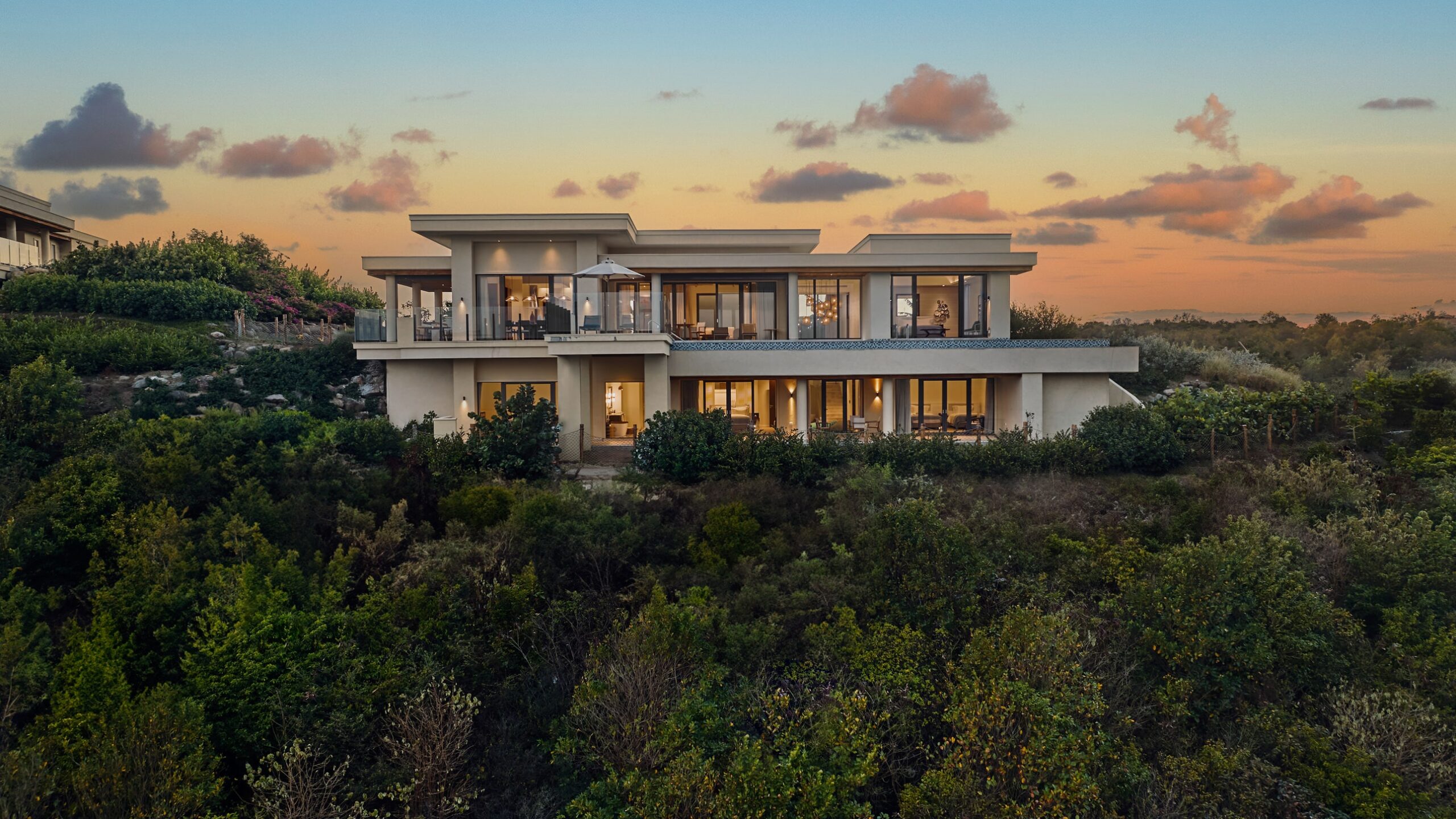Ungava Polar Eco Tours’ basecamp is located on Tiercel Island in the Gyrfalcon archipelago, just above the tree line in Nunavik, homeland of the Inuit of Quebec. I spent the days exploring the land and water by foot, fat bike, and boat, and slept in a heated igloo-shaped fiberglass shelter I was assured is capable of withstanding both polar bears and 155 mph winds. I couldn’t imagine traveling in that kind of environment without someone who knows it deeply. After all, as Tassé-Dion said, “the land isn’t just land, it’s heritage.”
It seems hard to believe that tourism in Nunavik has not always been so rooted in Inuit culture. Until recently Nunavik’s tourism landscape was dominated by sports hunting and fishing outfitters run by southerners. Unlike Inuit who harvest only what they need for food, trophy hunters, since the 1960s, have targeted big caribou bulls—the breeders for the species—causing the population to crash. In 2018, after repeated appeals from Inuit, the Quebec government indefinitely banned hunting migratory caribou for sport.
This offered the opportunity for May, a longtime guide, and his lifelong friend Jonathan Grenier to do something different: no hunting, just viewing wildlife. Launched this summer, Ungava Polar Eco Tours is Nunavik’s first 100-percent Inuit-owned and -operated tour company, Grenier told me. Even if visitors don’t come for the culture, he said, “they discover it while they’re with us. We talk a lot about our culture.”
The company’s tourism model is a contrast to the history of extraction and exploitation in Nunavik. In the 1970s, state-owned Hydro-Québec, which powers Quebec and parts of the United States’ northeast, commenced construction of hydroelectric power stations in northwestern Quebec, without consulting Indigenous people. The resulting flooding of vast areas of Inuit and Cree land disrupted ecosystems, wildlife habitats, traditional hunting and fishing grounds, and Indigenous ways of life. In response, Inuit and Cree negotiated the 1975 James Bay Northern Quebec Agreement (JBNQA), Canada’s first modern Indigenous land claim agreement. The JBNQA allowed the hydroelectric project to proceed in exchange for formal recognition of Indigenous land rights, financial compensation, and self-governance powers that led to the establishment of institutions including Kativik Regional Government (KRG). Nevertheless, the agreement, which wasn’t supported by every Nunavik Inuit community, remains a contentious issue. As one of the negotiators, Zebedee Nungak wrote in his memoir, “nobody else in Quebec had to trade the essence of their identity to gain access to public services.”
Recognition of Inuit land rights paved the way for KRG to form Nunavik Parks (NP) in 2004. Named after the Pingualuit Crater, created by a meteorite that crashed to Earth 1.4 million years ago, Pingualuit National Park was the first in the network to be established, in 2007. The reason was not only to develop tourism. Rich in copper and nickel, the area had attracted attention from southern mining companies.“We wanted to protect the land against future mining claims and create jobs,” NP’s operations coordinator Lucy Abraham told me over coffee in Kuujjuaq’s cooperative-run hotel. NP offers all-inclusive nine-day tour packages to each of its parks, in winter and summer, which include two days in the closest communities, which are all Inuit. The community visits ensure that NP’s tourism model benefits locals by allowing travelers to “buy crafts and bring revenue” to the villages, Abraham said.


















Leave a Reply